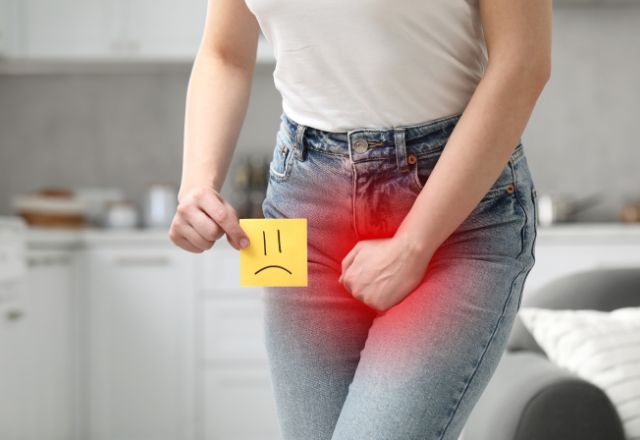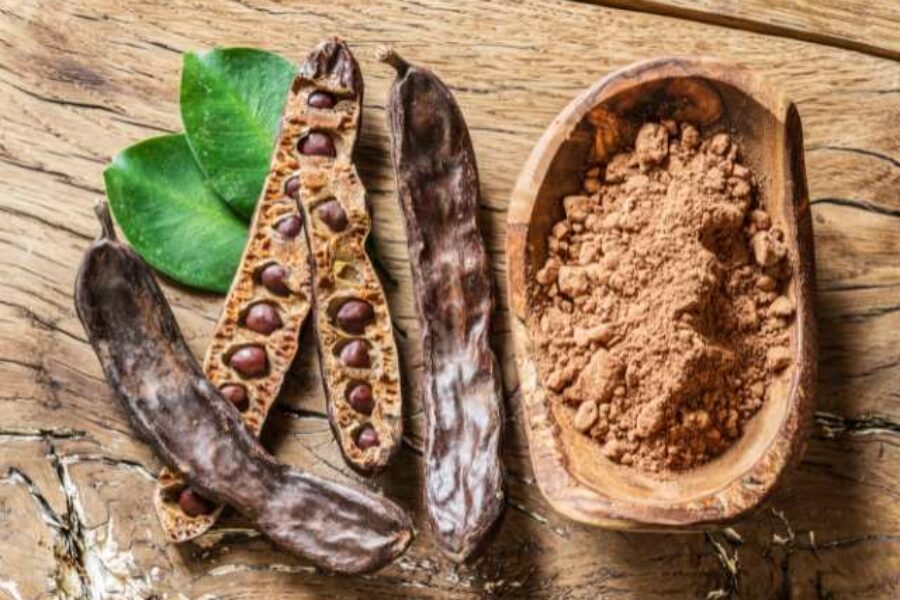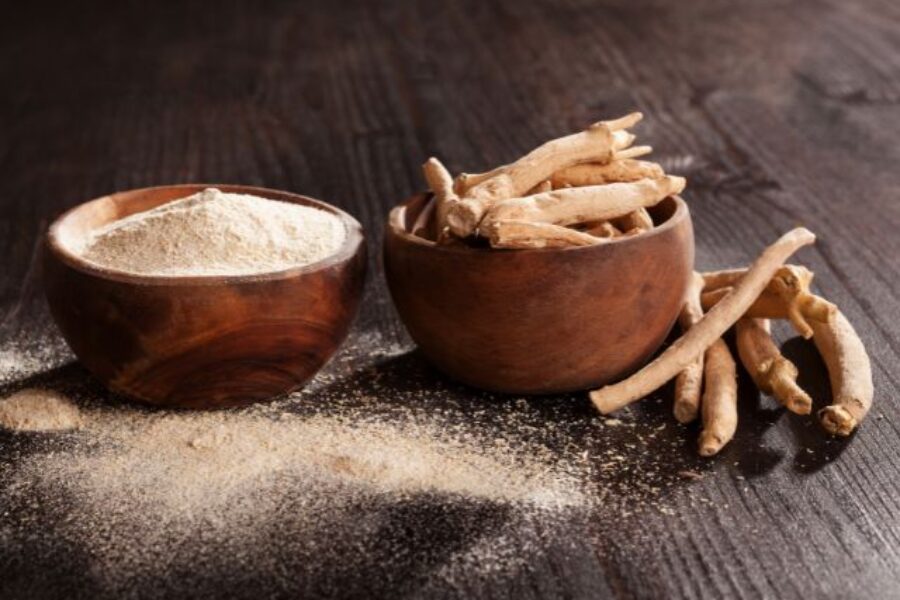Menstrual symptoms, including cramps, bloating, fatigue, headaches, and mood swings, can disrupt daily life for many people each month. Fortunately, there are dietary adjustments and nutritional strategies that can help ease these symptoms. Here’s an in-depth look at dietary tips to help relieve menstrual symptoms.
1. Boost Magnesium Intake to Reduce Cramps and Muscle Tension
Magnesium is a key mineral that plays a role in muscle relaxation, nerve function, and hormone balance, making it particularly beneficial during menstruation. Low magnesium levels are often linked with increased menstrual cramps, so adding magnesium-rich foods to your diet may help alleviate these symptoms.
Top Sources: Leafy green vegetables (like spinach and kale), nuts (almonds and cashews), seeds (pumpkin and flaxseeds), whole grains (quinoa and brown rice), and dark chocolate.
Additional Tips: Aim for about 320 mg of magnesium daily, which is the recommended amount for most adults. Taking a magnesium supplement can also be beneficial, but consult a doctor before adding it to your routine, especially if you have kidney concerns.
2. Incorporate Omega-3 Fatty Acids for Pain Relief
Omega-3 fatty acids have anti-inflammatory properties that can help reduce menstrual cramps. They work by decreasing the production of prostaglandins, hormone-like chemicals that are linked to pain and inflammation during menstruation.
Top Sources: Fatty fish (salmon, mackerel, sardines), walnuts, chia seeds, flaxseeds, and hemp seeds.
How to Use: Include fatty fish in your diet at least twice a week, or consider an omega-3 supplement with EPA and DHA. If you’re vegan or vegetarian, algae-based omega-3 supplements are also available.
3. Stay Hydrated to Combat Bloating and Fatigue
Dehydration can exacerbate bloating, fatigue, and headaches, which are common menstrual symptoms. Drinking enough water helps flush out excess salt and may reduce bloating.
Recommended Intake: Aim for at least 8–10 cups of water daily, but listen to your body’s needs.
Additional Hydration Tips: Consider herbal teas like ginger, peppermint, or chamomile, which not only keep you hydrated but also have anti-inflammatory and muscle-relaxing properties that can ease cramps and nausea.

4. Eat Iron-Rich Foods to Counter Fatigue and Low Energy
Menstruation leads to a natural loss of iron, which can sometimes lead to fatigue, weakness, and irritability, especially if iron stores are already low. Boosting iron intake through diet can help maintain energy levels and prevent anemia.
Top Sources: Red meat, poultry, fish, beans, lentils, tofu, and spinach. Pair plant-based sources of iron with vitamin C-rich foods (like bell peppers, oranges, and tomatoes) to enhance absorption.
Note: While dietary iron is beneficial, it’s advisable to consult a healthcare provider before starting an iron supplement, as too much iron can have side effects.
5. Balance Blood Sugar Levels to Improve Mood and Reduce Cravings
Blood sugar fluctuations can worsen mood swings, cravings, and irritability. Aiming for a diet that stabilizes blood sugar levels can help keep these symptoms under control.
Focus on Low-Glycemic Foods: Opt for whole grains (oats, brown rice, quinoa), fiber-rich vegetables, and legumes. These foods provide steady energy without causing sharp blood sugar spikes.
Avoid Sugary and Processed Foods: Foods high in refined sugars can lead to rapid spikes and crashes in blood sugar, worsening mood swings and cravings.
6. Increase Calcium and Vitamin D to Alleviate Mood Swings
Calcium and vitamin D have been linked to reduced severity of PMS symptoms, particularly mood swings, fatigue, and bloating. These nutrients work together to support nerve function, muscle contraction, and mood regulation.
Top Sources of Calcium: Dairy products (milk, yogurt, cheese), fortified plant milks, leafy green vegetables, and fortified juices.
Top Sources of Vitamin D: Sunlight is the primary source, but you can also find vitamin D in fatty fish, fortified dairy products, and eggs.
Consider a Supplement: If you’re unable to get enough through diet alone, a calcium and vitamin D supplement may help. Be sure to consult a healthcare provider for proper dosing.
7. Load Up on Fiber to Improve Digestion and Reduce Bloating
Digestive issues like constipation and bloating can worsen around menstruation due to hormonal changes. A diet high in fiber helps regulate bowel movements and reduce bloating by aiding in waste removal.
Fiber-Rich Foods: Whole grains, fruits (apples, berries, oranges), vegetables (broccoli, carrots, and leafy greens), legumes, and seeds.
Pro Tip: Gradually increase your fiber intake and drink plenty of water to avoid bloating.
8. Consume Antioxidant-Rich Foods to Reduce Inflammation
Antioxidants, especially flavonoids and vitamin C, can help combat inflammation, which is often linked to menstrual pain and discomfort. Antioxidant-rich foods support immune function and can reduce oxidative stress, potentially easing cramps and bloating.
Top Antioxidant Sources: Berries (blueberries, strawberries), citrus fruits, nuts, dark chocolate, and vegetables like bell peppers and carrots.
Herbs and Spices: Turmeric and ginger are particularly anti-inflammatory and can be incorporated into teas, smoothies, or meals for added benefits.
9. Limit Salt Intake to Minimize Water Retention and Bloating
Salt causes the body to retain water, which can intensify bloating and discomfort during menstruation. Reducing sodium intake can help relieve these symptoms.
Tips to Cut Down on Salt: Avoid processed and packaged foods, which often contain high amounts of sodium. Season foods with herbs and spices instead of salt.
Caution: Be mindful of hidden salt in sauces, dressings, and restaurant meals. Opt for homemade versions when possible to control salt content.

10. Add Herbal Teas for Relaxation and Symptom Relief
Certain herbal teas have properties that can ease menstrual cramps, reduce nausea, and promote relaxation. Chamomile, ginger, and peppermint teas are particularly popular for their soothing effects.
Chamomile Tea: Known for its calming effects, chamomile tea may reduce cramps and promote better sleep.
Ginger Tea: Ginger has anti-inflammatory properties and can reduce nausea and bloating.
Peppermint Tea: Peppermint can relieve digestive symptoms like bloating and may also have mild pain-relieving properties.
Sample Meal Plan for Menstrual Relief
Breakfast: Oatmeal with chia seeds, flaxseeds, and fresh berries for antioxidants, fiber, and omega-3s.
Lunch: Quinoa salad with spinach, chickpeas, roasted vegetables, and a side of fruit to supply magnesium, iron, and fiber.
Snack: A handful of almonds and dark chocolate, providing magnesium, healthy fats, and antioxidants.
Dinner: Grilled salmon with sweet potatoes, steamed broccoli, and a side of leafy greens to add omega-3s, calcium, and fiber.
Evening Tea: Chamomile or ginger tea to promote relaxation and reduce inflammation.






